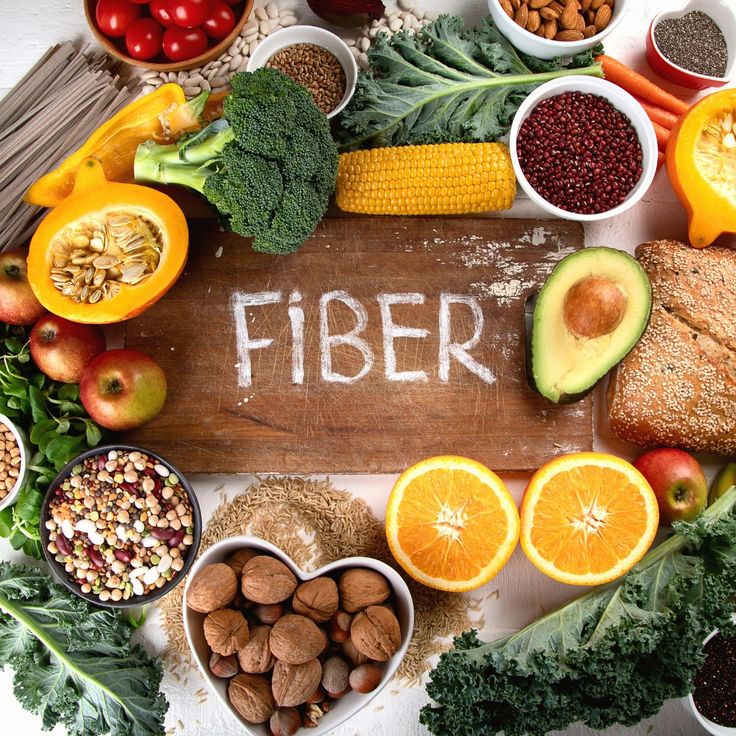Fiber is a critical component of a healthy diet, yet many people fall short of the daily recommended intake (25–30 grams for adults). Fiber not only supports digestion but also aids in weight management, heart health, and blood sugar regulation.

Types of Fiber
- Soluble Fiber: Dissolves in water, forming a gel-like substance that helps lower cholesterol and manage blood sugar levels. Found in oats, apples, and legumes.
- Insoluble Fiber: Adds bulk to stool, promoting regular bowel movements. Found in whole grains, nuts, and vegetables.
Benefits of Fiber
- Improves Digestion: Keeps your gut healthy and prevents constipation.
- Aids Weight Loss: Creates a feeling of fullness, reducing overeating.
- Supports Heart Health: Helps lower LDL (bad cholesterol).
- Stabilizes Blood Sugar: Slows sugar absorption for more stable energy levels.
Fiber-Rich Foods to Include
- Fruits: Apples, berries, oranges, and pears.
- Vegetables: Broccoli, carrots, Brussels sprouts, and spinach.
- Legumes: Lentils, chickpeas, black beans, and peas.
- Whole Grains: Oats, quinoa, brown rice, and whole wheat bread.
- Nuts and Seeds: Almonds, chia seeds, flaxseeds, and sunflower seeds.
Tips for Adding More Fiber
- Start Small: Gradually increase fiber intake to avoid bloating.
- Stay Hydrated: Drink plenty of water to help fiber work effectively.
- Swap Refined for Whole Grains: Choose whole wheat over white bread.
- Snack Smart: Opt for fruits, nuts, or air-popped popcorn.
Incorporating fiber-rich foods into your diet can transform your health and well-being. Small changes, like adding vegetables to meals or choosing whole grains, can make a big difference.
